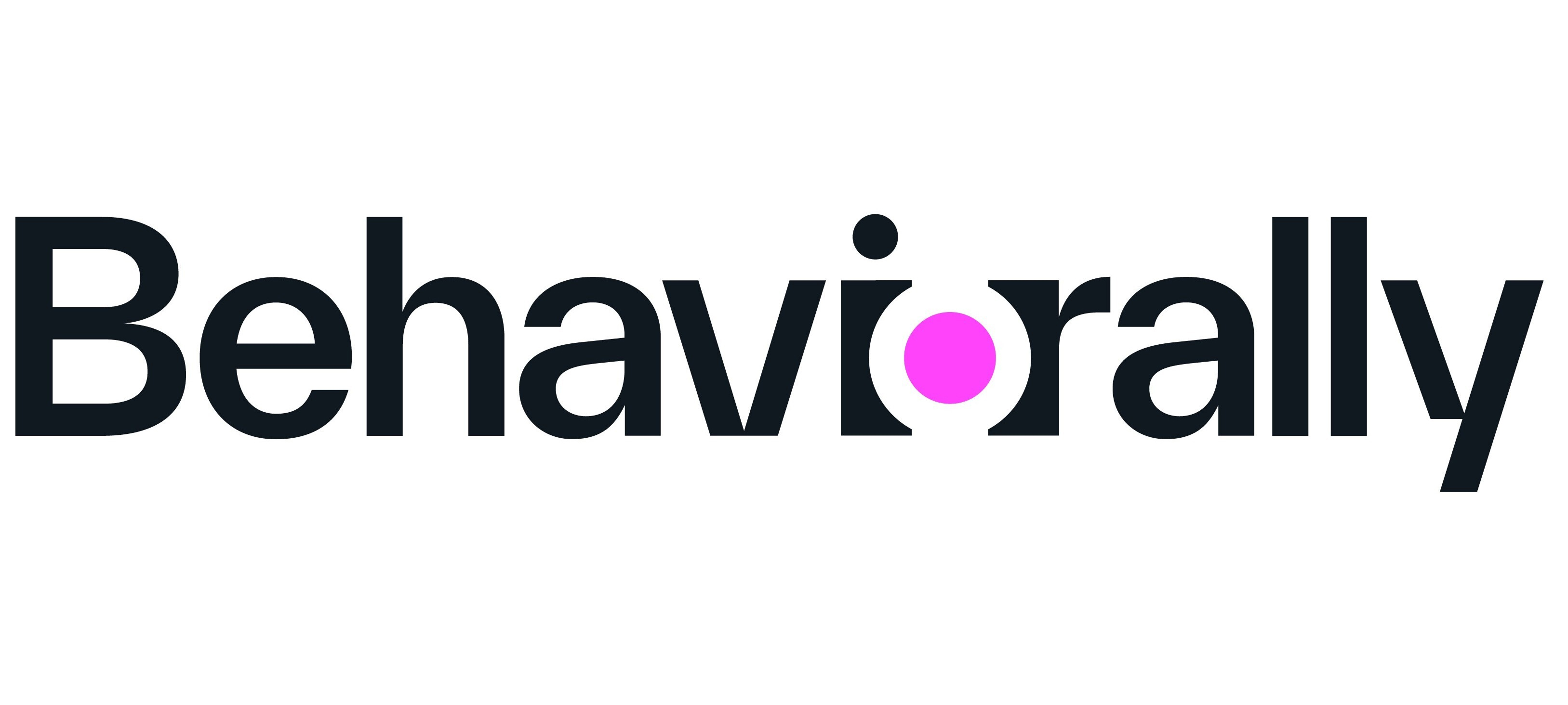Attention measurement with eye-tracking & K-coefficient - explained
In the neuroscience and neuromarketing world, there was an increasing demand for measuring people’s attention level when they are being exposed to certain stimuli, i.e., to an advertisement. Attention is a cognitive process that tells us about somebody’s concentration and ability to actively process specific information. Considering the advertisement example, it’s crucial to not only know what people are looking at or what emotions it evokes but also to understand consumers’ dynamic of attention.
It all started at SWPS University…
There were many attempts to create a dynamic visual attention indicator, finally a group of scientists from SWPS University (who we had the pleasure to meet and work with) succeeded in creating a K-coefficient. This parameter uses eye movement parameters (fixation duration and saccade amplitude) to define the path of attention dynamic of an examined person.
How it works
NOTE: In case you’d prefer to read the source article, please refer to: Krzysztof Krejtz, Andrew Duchowski, Izabela Krejtz, Agnieszka Szarkowska, and Agata Kopacz. 2016. Discerning Ambient/Focal Attention with Coefficient K. ACM Trans. Appl. Percept. 13, 3, Article 11 (May 2016), 20 pages. https://doi.org/10.1145/2896452
In eye-tracking research, we can distinguish two general types of visual attention: ambient and focal. Ambient attention indicates a scanning pattern over stimuli (typical for the early stages of scene perception), characterized by short duration fixations followed by long saccades. Longer fixations followed by shorter saccades, on the other hand, are indicative of focal attention. The more focal processing of the stimuli, the deeper attention is given, which can mean that someone is actively processing the information.
Both types of attention aren’t binary - it constantly interplays and shifts dynamically between ambient and focal. To show the dynamics of this process, the K-coefficient was created.
"In the calculation of K, both fixation durations and saccade amplitudes are transformed into a standard score (z-score), allowing computation of an ambient/focal attentional coefficient per individual scanpath. The transformation of raw data from saccade amplitude and fixation duration into standard scores, representing the distance between the raw score and the mean in units of the standard deviation, allows for direct mathematical comparison of both measures."
- 2016, Discerning Ambient/Focal Attention with Coefficient K
We derive K, calculated for each participant, as the mean difference between standardized values (z-scores) of each saccade amplitude (ai+1) and its preceding ith fixation duration (di):

such that

where:
- μd, μa are the mean fixation duration and saccade amplitude,
- σd, σa are the fixation duration and saccade amplitude standard deviations, computed over all n fixations and hence n Ki coefficients (i.e., over the entire duration of stimuli presentation).
We can now define that if a in a given moment:
- K > 0 means relatively long fixations followed by short saccade amplitudes, indicating focal processing,
- K < 0 means relatively short fixations followed by relatively long saccades, indicating ambient processing,
- K = 0 indicates a rare situation, when a person exhibits long saccades preceded by long fixations or short fixations followed by short saccades.
The above dependence can be observed on the study participant’s recording (data from a single participant):
Both types of attention aren’t binary - it constantly interplays and shifts dynamically between ambient and focal. To show the dynamics of this process, the K-coefficient was created.
On our platform, the mean value is calculated by sampling the K-plot every 30 ms and the arithmetic mean is calculated from those samples.
















